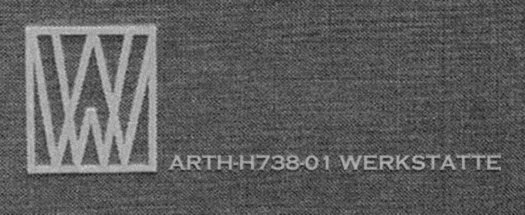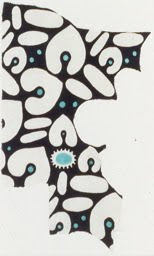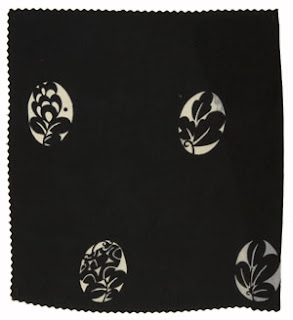 Leaves, 1923
Leaves, 1923Above design by Maria Likarz-Strauss
Maria Likarz-Strauss was one of the most prolific pattern designers in the Vienna Workshops, but her name is rarely mentioned in books on the subject. She seems to have been influential in her time however. According to Daniel Walker, director of The Textile Museum in Washington DC, “she was the most active textile designer in the workshop [Wiener Werkstätte], with almost 200 designs attributed to her.” Likarz-Strauss had a broad stylistic range that incorporated the stylized floral elements associated with Peche with the formal geometric patterns that originated with Hoffman. Yet, she is most well known for her abstract patterns with infinite repeats, which reflect the international trends that led to the Art Deco Style.
Mathilde Flogl learned design, applied graphic and creative enamelling and was trained under Joseph Hoffmann. She was admitted in 1916 at the Wiener Werkstatte. From 1918 she designed more than 120 textile patterns for the Wiener Werkstatte. She was influenced by Dagobert Peche and Maria Likarz Strauss.
Flowers 1920

Bambi 1925

Caliopsis 1930
 Above Designs by Mathilde Flogl
Above Designs by Mathilde Flogl














































